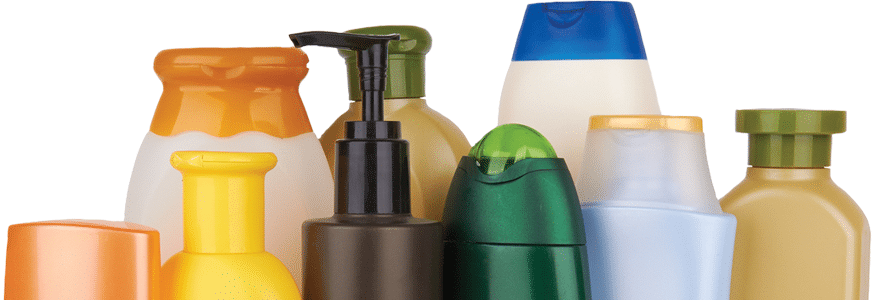Do you need to worry about gluten in Skin Care Products?
Gluten is a protein found in wheat, barley, rye, and other foods. In individuals who have celiac disease, a grain protein in gluten called gliadin triggers an unusual immune response that leads to flattening and altering of the millions of microscopic finger-like projections (villi) that line the inner wall of the small intestine. If a physician has diagnosed you with celiac disease or dermatitis herpetiformis you should never eat food containing even the smallest amount of gluten that contains gliadin, as it takes only one molecule to trigger the destructive response.
Those with celiac disease who consume gluten might be unable to digest nutrients in their food properly, and it can trigger the unpleasant symptoms associated with the disease when not under control such as anemia, diarrhea, weight loss, fatigue, breathlessness, cramps, bloating, irritability, and skin problems.
Non-food substances can also contain gluten. These include vitamins, toothpastes, and the adhesive found in some envelopes and stamps. Skin care products might also contain gluten as they sometimes use oils or extracts derived from wheat, barley, or rye as emollients. Due to the growing awareness of gluten sensitivities and celiac disease, some skin care companies are now labelling or formulating some of their products to be gluten-free.
Do skin care products that contain gluten actually pose any risk for those with celiac disease?
Skin acts as a protective barrier against external harms such as bacteria, chemicals, and UV rays. It is the largest organ in our body and makes up 16% of our body weight. For a substance to penetrate skin, it needs to be less than 500 daltons in size (a dalton is a unit of mass used to express atomic and molecular weights). Since gliadin is approximately 631 daltons, it is too large to penetrate the skin.1
Dr. Alessio Fasano, Medical Director of the Center for Celiac Research, University of Maryland states, “If you have celiac disease, then the application of gluten-containing products to the skin should not be a problem, unless you have skin lesions that allow gluten to be absorbed systemically in great quantities.”2 An example of this would be putting a large amount of a gluten-containing product into a deep wound with exposed tissue.
Lip balm, lipstick, and other products used near the mouth have a risk of ingestion and therefore require caution in their use. Individuals should also wash their hands after applying skin care products and before eating. For young children, avoid putting products containing gluten on an area of a body that the child may put in his or her mouth.
Gluten in skin care products
In Canada, skin care products use the common or scientific name in ingredient listings. Below are gluten-containing substances to watch out for in skin care products:
- wheat (Triticum vulgare)
- barley (Hordeum vulgare)
- rye (Secale cereal)
- oat (Avena sativa)
Even if a skin care product contains a substance that contains gluten, it is not clear whether significant amounts remain in the product after it undergoes processing. In a study published in the Journal of the Academy of Nutrition and Dietetics, researchers tested lip products and lotions that contained at least one ingredient derived from wheat, barley, rye, or oats. They reported that none contained measurable levels of gluten.2
If you have a negative reaction to a skin care product, talk to your doctor. It is possible to have an allergy to wheat or another grain that could cause a skin reaction, or you could be sensitive to another ingredient in the product, such as fragrance or an herbal extract.
To avoid potential irritation from skin care products, use fragrance-free products formulated for sensitive skin produced under quality-controlled manufacturing processes. Stay away from products that contain denatured alcohol, citrus juices or oils, peppermint, menthol, and eucalyptus, as these substances can also be irritating. A product labelled or marketed as ‘natural’ will not necessarily be better or safer for your skin.
About dermatitis herpetiformis
Dermatitis herpetiformis is a rare manifestation of celiac disease triggered by ingesting gluten, but not by skin contact with gluten-containing foods and products. It causes an itchy, blistering, and painful rash that can affect any part of the skin, but most often occurs on the elbows, knees, or buttocks.
Treatment includes following a strict gluten-free diet. A generic medication called dapsone, also known as diaminodiphenyl sulfone, can relieve the rash symptoms during outbreaks. Topical treatments containing cortisone can provide short-term relief from the rash symptoms. Consult with a physician prior to use because topical remedies can have side effects and risks.
















